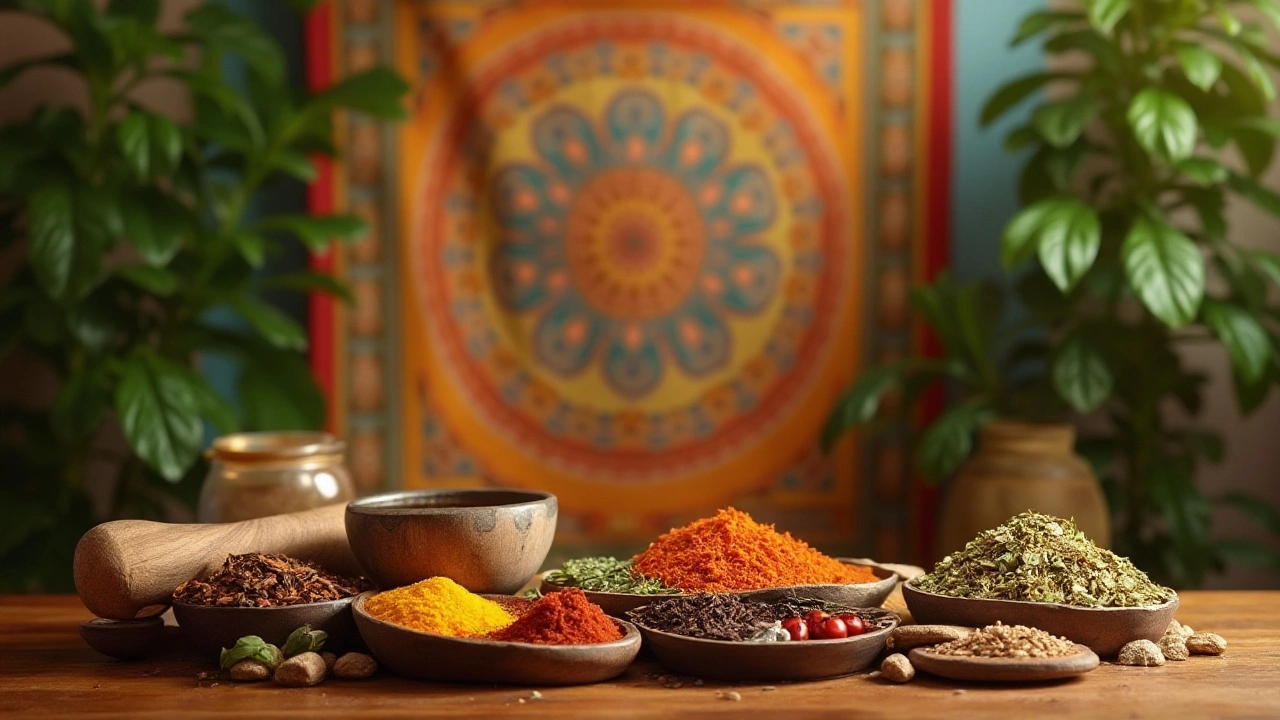Ayurvedic Cleanse: How to Reset Your Body the Natural Way
Feeling sluggish after the holidays? Wondering why your stomach feels off? An Ayurvedic cleanse can give your system a fresh start without harsh chemicals. It’s based on ancient Indian wisdom that matches food, routine, and herbs to your body’s natural rhythms.
Why Try an Ayurvedic Cleanse?
Ayurveda believes that toxins (called ama) build up when digestion is weak. When ama accumulates, you may notice bloating, low energy, or skin breakouts. A short, focused cleanse helps move those leftovers out, revives your metabolism, and balances the three doshas – Vata, Pitta, and Kapha.
Unlike fad diets that cut calories to the bone, an Ayurvedic cleanse keeps you nourished. You’ll eat warm, easy‑to‑digest meals, sip herbal teas, and follow simple lifestyle tweaks. The result is smoother digestion, clearer skin, and steadier mood.
Easy 3‑Day Ayurvedic Cleanse Plan
Day 1 – Warm Start
Begin the day with a cup of warm lemon water. It wakes up your gut and sparks bile flow. For breakfast, have a bowl of cooked oatmeal with a pinch of cinnamon and a spoonful of ghee. The ghee lubricates the digestive tract and adds healthy fat.
Mid‑morning, sip ginger‑turmeric tea (1 tsp each grated ginger and turmeric, boiled with water). It fights inflammation and supports liver detox. Lunch should be a simple khichdi: rice, mung beans, a dash of cumin, and a spoon of ghee. Keep the spices mild – just enough to aid digestion.
Evening, drink warm fennel‑coriander tea and have a light vegetable soup with carrots, zucchini, and a pinch of black pepper. Finish with a small piece of fresh papaya for its natural enzymes.
Day 2 – Light & Hydrating
Start again with warm lemon water. Breakfast can be a banana‑coconut milk smoothie (½ banana, 1 cup coconut milk, a pinch of cardamom). The banana soothes Vata, while coconut milk supplies medium‑chain fats.
Snack on soaked almonds (6–8) and a few dates. For lunch, enjoy a bowl of clear vegetable broth with a handful of spinach and a drizzle of sesame oil. The broth keeps you hydrated, and the spinach adds iron without overloading your stomach.
Dinner is a plain steamed sweet potato with a dollop of homemade cilantro‑mint chutney. Sweet potatoes are easy on digestion, and the chutney offers antioxidants.
Day 3 – Re‑introduce Light Foods
Continue the lemon water ritual. Breakfast can be a thin millet porridge with a little honey. Keep the portion small – you’re still calming the gut.
Mid‑day, have a small salad of cucumber, tomato, and a squeeze of lime. No heavy dressings; just let the natural flavors work. For dinner, enjoy a warm bowl of rice with a spoonful of dal (yellow split pea) seasoned with a pinch of asafoetida (hing). Hinge helps reduce gas and supports digestion.
Throughout the three days, aim for 8‑10 glasses of warm water or herbal tea. Avoid caffeine, alcohol, and processed snacks. Go to bed a little earlier than usual; a good night’s sleep is a key part of any cleanse.
After the cleanse, you’ll likely feel lighter, your bowel movements will be regular, and you may notice a clearer mind. Keep the momentum by eating warm, cooked meals most of the time, adding a cup of herbal tea after meals, and listening to your body’s hunger signals.
Remember, an Ayurvedic cleanse isn’t a lifelong restriction – it’s a reset button. Use it whenever you feel the need to clear out ama, and you’ll stay in sync with your natural rhythm.






